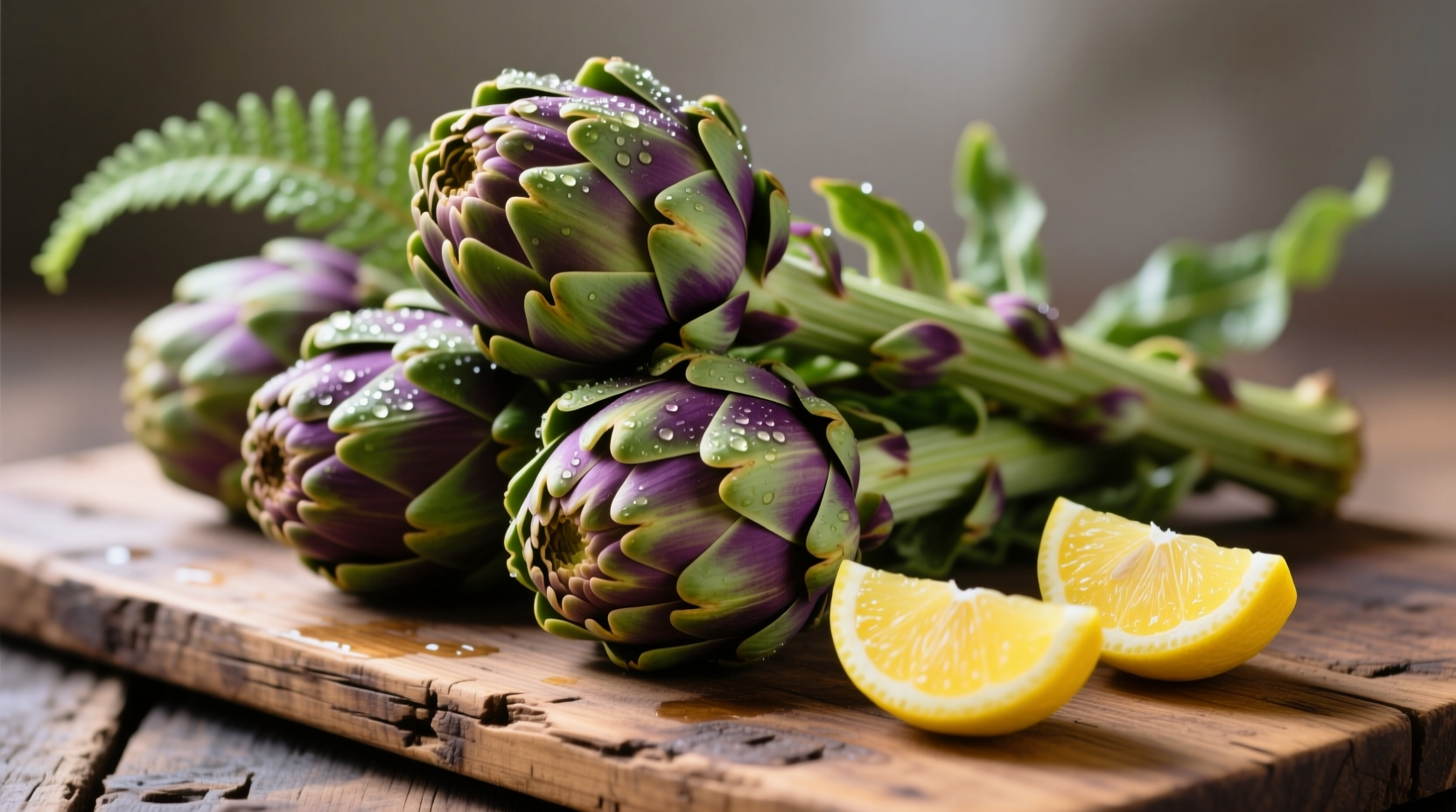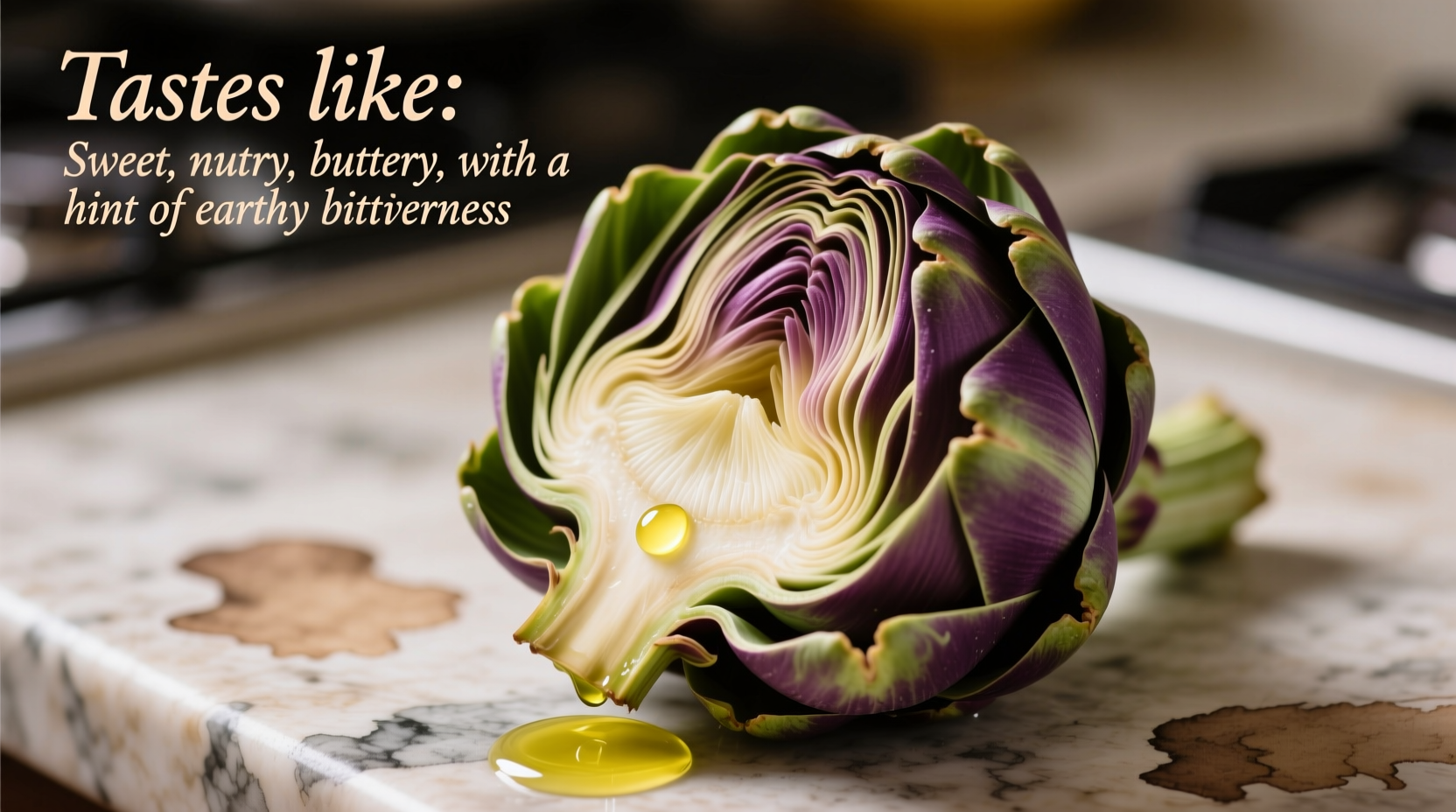Understanding the Artichoke Flavor Experience
When you bite into a properly prepared artichoke, you'll first notice its delicate sweetness balanced by earthy undertones. The flavor profile evolves as you eat - starting with subtle bitterness from the outer leaves that gradually gives way to increasingly sweet, nutty notes toward the heart. This unique progression makes artichokes one of the few vegetables where the eating experience itself is part of the flavor journey.
Unlike many vegetables that deliver a single-note flavor, artichokes provide what culinary professionals call "flavor layering" - distinct taste experiences depending on which part you're eating and how it was prepared. This complexity explains why artichokes have maintained their status as a culinary favorite for centuries across Mediterranean cultures.
How Preparation Methods Transform Artichoke Taste
The way you prepare artichokes dramatically affects their final flavor. Understanding these transformations helps you control the taste outcome:
| Preparation Method | Flavor Impact | Texture Change | Best For |
|---|---|---|---|
| Steaming | Preserves natural sweetness, minimizes bitterness | Tender but maintains structure | Traditional preparation, first-time eaters |
| Boiling | Can leach some flavor into water, increases earthiness | Softer texture, potentially waterlogged | Recipe integration, artichoke water for soups |
| Grilling | Develops caramelized notes, reduces bitterness | Firmer exterior, tender interior | Summer dishes, bold flavor seekers |
| Roasting | Intensifies nuttiness, creates complex Maillard reactions | Crispy edges, melt-in-mouth center | Gourmet preparations, flavor depth |
According to research from the University of California's Agricultural and Natural Resources department, the pH level during cooking significantly affects artichoke flavor compounds. Adding lemon juice or vinegar to cooking water not only prevents browning but also preserves the vegetable's natural sweetness by stabilizing chlorogenic acid compounds that contribute to artichoke's distinctive taste (UC ANR, 2023).
Flavor Comparisons to Familiar Foods
If you've never tasted artichokes, these comparisons help set expectations:
- Asparagus meets celery - The base flavor resembles a more complex version of these vegetables with added nuttiness
- Young walnut meets artichoke heart - The prized heart offers a buttery texture with mild nut flavors
- Raw artichoke vs cooked - Raw artichokes taste significantly more bitter and fibrous, while proper cooking transforms them into delicate morsels
- Globe vs Jerusalem artichokes - Despite the similar name, Jerusalem artichokes (sunchokes) taste completely different - more like water chestnuts with artichoke-like earthiness

Seasonal and Freshness Impact on Flavor
Artichokes reach peak flavor during their spring season (March to May in most regions). During this time, they offer the sweetest, most tender experience with minimal bitterness. Off-season artichokes often taste more fibrous and bitter.
When selecting artichokes, look for tight, compact leaves with a slight squeak when squeezed - these indicate freshness that translates to better flavor. Older artichokes develop a woody texture and stronger bitterness that even proper preparation can't fully overcome.
The USDA's National Nutrient Database confirms that artichokes contain natural compounds like cynarin and chlorogenic acid that create their characteristic flavor profile and the well-documented "artichoke effect" where subsequent foods taste sweeter (USDA FoodData Central).
Practical Tips for First-Time Artichoke Eaters
For the best artichoke tasting experience:
- Start with the leaves - Dip in melted butter or lemon aioli to enhance natural flavors
- Work your way inward - Notice how bitterness decreases and sweetness increases toward the heart
- Don't skip the choke removal - The fuzzy choke contains bitter compounds that ruin the experience
- Pair with complementary flavors - Lemon, garlic, olive oil, and herbs like tarragon enhance artichoke's natural profile
- Try baby artichokes - These smaller varieties are less bitter and can be eaten whole, making them perfect for artichoke newcomers
Professional chefs like Antonio Rodriguez emphasize that "the magic of artichokes lies in their transformation - they're one of the few vegetables where the cooking process fundamentally changes not just texture but the entire flavor chemistry. Understanding this helps home cooks harness artichoke's full potential."
Common Artichoke Misconceptions
Many people avoid artichokes due to misconceptions:
- "Artichokes are always bitter" - Proper preparation significantly reduces bitterness
- "Only the heart is edible" - The fleshy base of each leaf offers delicious flavor
- "Artichokes taste like nothing" - Their subtle flavor is actually complex when properly experienced
- "Canned artichokes taste the same as fresh" - Fresh provides superior texture and more nuanced flavor
How to Enhance Artichoke Flavor
Maximize your artichoke experience with these chef-recommended techniques:
- Add lemon slices or vinegar to cooking water to preserve color and enhance natural sweetness
- Trim the pointy leaf tips before cooking for more comfortable eating
- Let cooked artichokes rest for 5 minutes before serving to allow flavors to settle
- Create dipping sauces that complement rather than overwhelm - classic melted butter with lemon works best for first-timers
- Try grilling artichokes after partial steaming for complex caramelized notes
Why Artichokes Create Unique Aftertaste Effects
You might notice that foods taste sweeter after eating artichokes - this isn't your imagination. The compound cynarin temporarily affects your taste buds, making subsequent foods (especially water) taste sweeter. This phenomenon, documented in food science research, makes artichokes excellent palate cleansers between courses.











 浙公网安备
33010002000092号
浙公网安备
33010002000092号 浙B2-20120091-4
浙B2-20120091-4